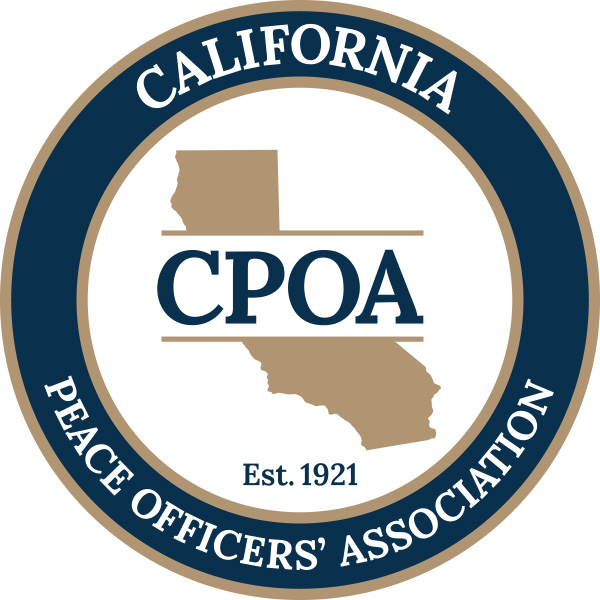Provided by James R. Touchstone Esq
In Duncan v. Bonta,[1] the en banc Ninth Circuit Court of Appeals held that a California statute which banned possession of magazines holding more than ten rounds of ammunition was a reasonable fit for the compelling goal of reducing gun violence. The Court therefore reversed the District Court’s grant of summary judgment to Plaintiffs on their Second Amendment claim and reversed the three-judge panel’s decision upholding the District Court’s judgment.
Background
In 2016, the California legislature enacted Senate Bill 1446, and California voters adopted Proposition 63, the “Safety for All Act of 2016.” Intended as a response to mass shootings in California and throughout the nation, these laws amended Penal Code section 32310 to prohibit possession of large-capacity magazines, defined as those that can hold more than ten rounds of ammunition. Proposition 63 also imposed a possible criminal penalty of imprisonment for up to a year for unlawful possession of large-capacity magazines after July 1, 2017. Section 32310(c).
California law allows an owner of a large-capacity magazine to modify the magazine so that it accommodates ten rounds or fewer; to sell the magazine to a firearms dealer; to remove the magazine to another state; or to turn it over to a law enforcement agency for destruction.[2] The law provides several exceptions to the ban on large-capacity magazines, including possession by active or retired law enforcement officers, security guards for armored vehicles, and holders of special weapons permits.
In 2017, Plaintiffs, including individuals who previously acquired large-capacity magazines lawfully, brought a facial challenge to Section 32310. They argued that the statute violated the Second Amendment, as well as other amendments. The District Court preliminarily enjoined the State of California from enforcing Section 32310.[3] A two-judge majority of the Ninth Circuit Court of Appeals affirmed the preliminary injunction.
The District Court subsequently granted summary judgment to Plaintiffs on the Second Amendment claim and permanently enjoined Defendant Attorney General for the State of California (then Xavier Becerra, and currently Rob Bonta), from enforcing the law.[4] On appeal, a divided Ninth Circuit panel affirmed the District Court’s grant of summary judgment as to the Second Amendment claim.[5]
The Court of Appeals granted rehearing en banc and vacated the panel’s opinion. The en banc Court stated here that the panel majority’s opinion conflicted with decisions by all six circuit courts to have considered—and rejected—Second Amendment challenges to similar laws, referring to Worman v. Healey, 922 F.3d 26 (1st Cir. 2019), cert. denied, 141 S. Ct. 109 (2020); Ass’n of N.J. Rifle & Pistol Clubs, Inc. v. Att’y Gen. N.J. (“ANJRPC”), 910 F.3d 106; Kolbe v. Hogan, 849 F.3d 114 (4th Cir. 2017) (en banc); N.Y. State Rifle & Pistol Ass’n, Inc. v. Cuomo (“NYSRPA”), 804 F.3d 242 (2d Cir. 2015); Friedman v. City of Highland Park, 784 F.3d 406 (7th Cir. 2015); Heller v. District of Columbia, 670 F.3d 1244 (D.C. Cir. 2011) (“Heller II“).
Discussion
The en banc Ninth Circuit Court of Appeals noted that the Second Amendment states: “A well-regulated Militia, being necessary to the security of a free State, the right of the people to keep and bear Arms, shall not be infringed.” U.S. Const. amend. II. The Second Amendment “protects a personal right to keep and bear arms for lawful purposes, most notably for self-defense within the home.” McDonald v. City of Chicago, 561 U.S. 742, 780 (2010). The Second Amendment “is fully applicable to the States.” Id. at 750. The Court stated that in the District of Columbia v. Heller, 554 U.S. 570, 574, 628 (2008), the United States Supreme Court had declined to define the applicable framework for addressing Second Amendment claims, holding that the District of Columbia’s laws that generally banned possession of handguns failed “[u]nder any of the standards of scrutiny that we have applied to enumerated constitutional rights.” Id. at 628.
The Court stated that “faithfully adher[ing] to the Supreme Court’s guidance in Heller and McDonald,” the Ninth Circuit had created a two-step framework to review Second Amendment challenges. The Court explained that the first step asks “if the challenged law affects conduct that is protected by the Second Amendment.”[6] If not, then the law is constitutional. If, however, the law implicates the Second Amendment, a court must next choose and apply an appropriate level of scrutiny. The Ninth Circuit added that ten sister circuits had adopted a substantially similar two-step test.[7]
Disagreeing with the dissent by Judge Bumatay, the Court explained that it did not read these Supreme Court’s cases as foreclosing the application of heightened scrutiny as the final step of the analysis, explaining that the Supreme Court had expressly held that rational basis review is never appropriate.[8] The en banc Court stated that if the Supreme Court had intended to foreclose the application of heightened scrutiny framework, it could have so held. Instead, and to the contrary, the Supreme Court had referred specifically to “the standards of scrutiny that we have applied to enumerated constitutional rights” and held that application of heightened scrutiny is unnecessary when the law at issue “would fail constitutional muster” under any standard of scrutiny.[9]
Applying the two-step framework here to review the Second Amendment challenge to California’s law, the Court assumed, without deciding, that Section 32310 implicated the Second Amendment, and joined its sister circuits that had unanimously applied intermediate scrutiny to other laws banning or restricting large-capacity magazines.[10] The Court determined that intermediate scrutiny applied because the ban imposed only a minimal burden on the core Second Amendment right to keep and bear arms. Applying intermediate scrutiny, the Court held that Section 32310 was a reasonable fit for the important government interest of reducing gun violence. The Court explained that the statute outlawed no weapon, but only limited the size of the magazine that may be used with firearms, and the record demonstrated (a) that the limitation interfered only minimally with the core right of self-defense, as there was no evidence that anyone ever had been unable to defend his or her home and family due to the lack of a large-capacity magazine; and (b) that the limitation saved lives.
The Court observed that in the past half-century, large-capacity magazines had been used in approximately three-quarters of gun massacres with 10 or more deaths and in 100 percent of gun massacres with 20 or more deaths, and more than twice as many people had been killed or injured in mass shootings that involved a large-capacity magazine as compared with mass shootings that involved a smaller-capacity magazine. Accordingly, the en banc Court concluded that the ban on legal possession of large-capacity magazines reasonably supported California’s effort to reduce the devastating damage wrought by mass shootings.
The Court also held that Section 32310 did not, on its face, effect a taking under the Fifth Amendment’s Takings Clause. The Court explained that the government acquired nothing by virtue of the limitation on the capacity of magazines, and because owners could legally modify or sell their nonconforming magazines, the law did not deprive owners of all economic use. The Court also found that Plaintiffs’ claim under the Fourteenth Amendment’s Due Process Clause essentially restated the takings claim, and it failed for the same reasons.
The en banc Ninth Circuit Court of Appeals accordingly reversed the three-judge panel’s decision and remanded for entry of judgment in favor of Attorney General Bonta.
Dissenting, Judge Bumatay, joined by Judges Ikuta and R. Nelson, stated that the Court should have followed Heller’s approach requiring an extensive analysis of the text, tradition, and history of the Second Amendment, rather than the tiers-of-scrutiny approach used by the majority. Under that approach, the dissent found that large-capacity magazines had no longstanding prohibitions against their use and were thus entitled to the Second Amendment’s protection. In his separate dissent, Judge VanDyke largely agreed with Judge Bumatay’s dissent and suggested two tests the Supreme Court should impose on lower courts for analyzing government regulations burdening Second Amendment rights, generally applying strict scrutiny to laws banning firearm products prevalent in the country or to laws that deviate from the course of comparable laws in those of most other states.
HOW THIS AFFECTS YOUR AGENCY
As a result of the en banc Court of Appeal’s decision, Penal Code section 32310 currently is enforceable. If a party attempts an appeal, and the high court grants certiorari, it would not be surprising if the Supreme Court provides an alternative and definitive conclusion to the issue of so-called “large capacity” magazines currently prohibited by Penal Code section 32310 and other state’s laws. We currently are awaiting a decision from the SCOTUS in the case of New York State Rifle & Pistol Association Inc. v. Bruen. Oral argument occurred on November 3rd. A decision should be forthcoming soon on the issue of New York’s restrictive concealed-carry provisions. If the Court strikes down New York’s restrictions on concealed carry, it may signal a desire by the Court to consider some of the many Second Amendment challenges currently before the circuit courts of appeals. Historically, the Court has been somewhat reluctant to do so.
As always, if you want to discuss any of this in greater detail, do not hesitate to contact James Touchstone at jrt@jones-mayer.com or by telephone at (714) 446-1400.
Information on www.jones-mayer.com is for general use and is not legal advice. The mailing of this Client Alert Memorandum is not intended to create, and receipt of it does not constitute, an attorney-client-relationship.
[1] 2021 U.S. App. LEXIS 35256 (9th Cir. Nov. 30, 2021).
[2] Penal Code sections 16740(a), 32310(d)(1)- (3).
[3] See Client Alert Vol. 32 No. 17 for more information.
[4] See Client Alert Vol. 34 No. 14.
[5] Duncan v. Becerra, 970 F.3d 1133 (9th Cir. 2020). See also Client Alert Vol. 35 No. 26 discussing the panel majority’s decision.
[6] Young v. Hawaii, 992 F.3d 765, 783 (9th Cir. 2021) (en banc), petition for cert. filed, (U.S. May 11, 2021) (No. 20-1639).
[7] The Court cited Gould v. Morgan, 907 F.3d 659, 668-69 (1st Cir. 2018), cert. denied, 141 S. Ct. 108 (2020); NYSRPA, 804 F.3d at 254; GeorgiaCarry.Org, Inc. v. U.S. Army Corps of Eng’rs, 788 F.3d 1318, 1322 (11th Cir. 2015); Young, 992 F.3d at 783 (listing cases from the Third, Fourth, Fifth, Sixth, Seventh, Tenth and D.C. Circuits that apply a similar two-step framework).
[8] Heller, 554 U.S. at 628 n.27.
[9] Id. at 628-29.
[10] Worman, 922 F.3d 26; ANJRPC, 910 F.3d 106; Kolbe, 849 F.3d 114; NYSRPA, 804 F.3d 242; Friedman, 784 F.3d 406; Heller II, 670 F.3d 1244; see Fyock v. City of Sunnyvale, 779 F.3d 991 (9th Cir. 2015) (affirming the denial of a preliminary injunction in a case in which the plaintiffs challenged a municipal ban on large-capacity magazines).


